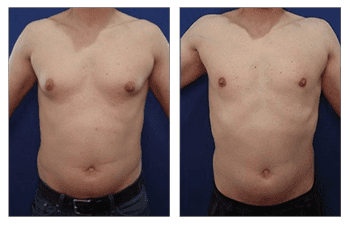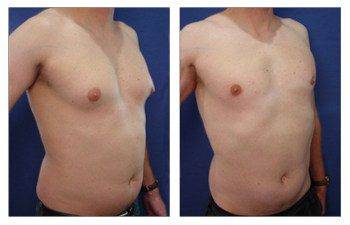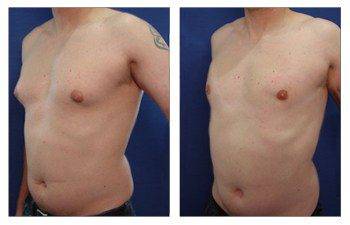


Please see this 37-year-old male, high-definition liposuction to remove extra fat in the breast area.
So you have decided to schedule your gynecomastia, also known as male breast reduction surgery, and you are curious about what to expect after gynecomastia surgery.
After your gynecomastia surgery to manage your overdeveloped male chest, your expected recovery time might be a main concern. Depending on the personalized surgical plan your board-certified cosmetic surgeon designed, your recovery time will vary.
During gynecomastia surgery, your anesthesiologist will administer a customized cocktail of medications to help with post-surgical nausea from anesthesia and to manage pain. Hence, patients are comfortable following surgery to remove excess breast tissue.
What to Expect After Gynecomastia Surgery
Immediately following your surgery, you will be placed in a compression garment and customized foam inlay to help minimize swelling and keep the contour of your new chest. So what can you expect after gynecomastia surgery?
Patients awake from surgery in a recovery room suite with a trained registered nurse to assist in their post-surgical needs. Our nurses are experts at monitoring your vital signs.
Most patients go home to recover with a friend or family member. If a patient is from out of town, they can spend their first 24 hours at a local recovery care center, where they are monitored around the clock.
Before this excess tissue removal and breast surgery, you will receive prescriptions for Percocet, used for pain management, and Zofran, used for nausea, to be taken every four to six hours as needed. Patients after gynecomastia surgery are usually groggy and prefer to sleep for the rest of the day.
About 12-24 hours after surgery, most patients feel only mild to moderate tenderness at the incision sites and chest region. Most pain can be controlled with the prescribed pain medications, and most patients describe the pain as mild and tolerable.
During the first week after gynecomastia surgery, the patients are instructed not to get the surgical area wet, meaning no showering, and should bathe using no-rinse baby wipes.
The compression garments must always be left in place, even while sleeping. Patients return to our office for a follow-up visit one-week post-op. The patient is examined to ensure they appear to heal well and there is no sign of infection.
During the surgery, absorbable sutures are used along with external Steri-strips, sutures are not removed, and the steri-strips fall off independently. After week one, the patient may remove the compression garments to shower, but they must be replaced immediately after.
In week two post-op, the patient returns to our office for another follow-up visit. The patient is examined to ensure proper healing. Two weeks after surgery, most patients are on their way to healing and can return to more strenuous activity gradually.
One month after gynecomastia surgery, the patient returns for a third post-op, where compression garments can be removed, and the patient can resume full physical activity, including light weight lifting. The final post-op visit is performed at three months, where the optimal contour of the chest is seen, and post-op photos are taken. Your recovery process is nearly complete at this point in your postoperative period. Attention is now given to fine-tuning your incision line healing. If your incision demonstrates scar tissue, you may be asked to inject it with steroids. If your incision is dark, you may be offered Intense Pulse Light therapy, intended to lighten your incision line.
If you are interested in gynecomastia surgery, we encourage you to view SurgiSculpt’s gynecomastia surgery results to appreciate possible changes. You are welcome to contact the SurgiSculpt team.

